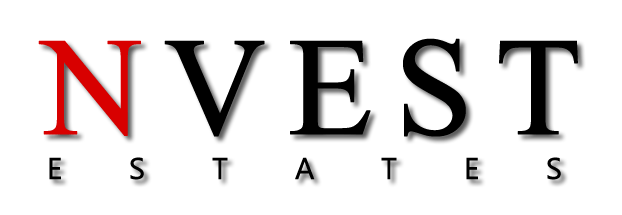What is paid during that period was $100,000 in rent and utilities, but only $10,000 in insurance and property taxes because a storm damaged the roof of one of its properties. Period costs are of no less help, as they allow you to understand how well you’re running your business. By leveraging budgeting and forecasting techniques, businesses can improve financial planning, optimize resource allocation, and enhance decision-making capabilities. By leveraging Period Cost data in decision-making processes, businesses can enhance operational efficiency, mitigate risks, and achieve sustainable growth and profitability in the long term. Product Costs are essential for calculating the cost of goods sold and determining the gross profit margin of a business.
Accurate pricing for your products
In this example, the calculated total operating cost for the second quarter is $22,300. You’ll also be able to spot trouble spots or overspending in administrative areas or if overhead has ballooned in recent months. Someone on our team will connect you with a financial professional in our network holding the correct designation and expertise. Our goal is to deliver the most understandable and comprehensive explanations of financial topics using simple writing complemented by helpful graphics and animation videos. We follow strict ethical journalism practices, which includes presenting unbiased information and citing reliable, attributed resources.
- As a general rule, costs are recognized as expenses on the income statement in the period that the benefit was derived from the cost.
- For this reason, businesses expense period costs in the period in which they are incurred.
- When your business takes a loan, it makes regular payments of principal and interest.
- The best way to calculate total period costs is to use your income statement as a checklist.
Key Differences between Period Costs and Product Costs
- These costs should be monitored closely so managers can find ways to reduce the amount paid when possible.
- Operating expenses are the funds a business pays regularly to stay in business – rent, salaries, and advertising costs, to name a few.
- People often confuse product and period costs due to the complexity of accounting terminology and the different ways these costs are treated in financial reporting.
- They play a significant role in shaping the overall profitability of a business because they directly impact how much money it gets to keep after covering all these ongoing expenses.
- Whether the calculation is for forecasting or reporting affects the appropriate methodology as well.
- Administrative activities are the most pure form of period costs, since they must be incurred on an ongoing basis, irrespective of the sales level of a business.
In addition to indirect materials and indirect labor, manufacturing overhead includes depreciation and maintenance on machines and factory utility costs. https://www.bookstime.com/ In a manufacturing company, overhead is generally called manufacturing overhead. (You may also see other names for manufacturing overhead, such as factory overhead, factory indirect costs, or factory burden).
- Instead of being immediately expensed, product costs are capitalized, meaning they are recorded on the balance sheet as an asset.
- Grasping the difference between product and period costs serves as a financial compass for businesses.
- Some will likely be constant over the entire output range; others will vary in steps.
- This means that these costs directly impact the income statement for the specific time frame.
- Firms account for some labor costs (for example, wages of materials handlers, custodial workers, and supervisors) as indirect labor because the expense of tracing these costs to products would be too great.
- The preceding list of period costs should make it clear that most of the administrative costs of a business can be considered period costs.
What Are Laundry Services (Explained: All You Need To Know)
These expenses have no relation to the inventory or production process but are incurred on a regular basis, regardless of the level of production. It https://x.com/BooksTimeInc is important to keep track of your total period cost because that information helps you determine the net income of your business for each accounting period. An example of a product cost would be the cost of raw materials used in the manufacturing process. Product costs also include Depreciation on plant, expired insurance on plant, production supervisor salaries, manufacturing supplies used, and plant maintenance.
By looking at period costs, you can evaluate the impact of such decisions on the bakery’s overall financial health. Period costs are like the backstage crew ensuring the business show runs smoothly. Remenber, they include things like rent, salaries, and advertising costs? But they’re ongoing expenses necessary for the daily operation of the entire bakery. To make a profit and keep your bakery thriving, you’ll likely set a price for your cakes that’s higher than $10.
Overhead
It’s only when the product is sold that these costs are transferred to the Cost total period costs of Goods Sold (COGS) category on the income statement. This approach aligns with the principle of matching expenses with revenue, providing a more accurate representation of the true cost of goods sold. Selling expenses are costs incurred to obtain customer orders and get the finished product in the customers’ possession. Advertising, market research, sales salaries and commissions, and delivery and storage of finished goods are selling costs. The costs of delivery and storage of finished goods are selling costs because they are incurred after production has been completed. Therefore, the costs of storing materials are part of manufacturing overhead, whereas the costs of storing finished goods are a part of selling costs.

